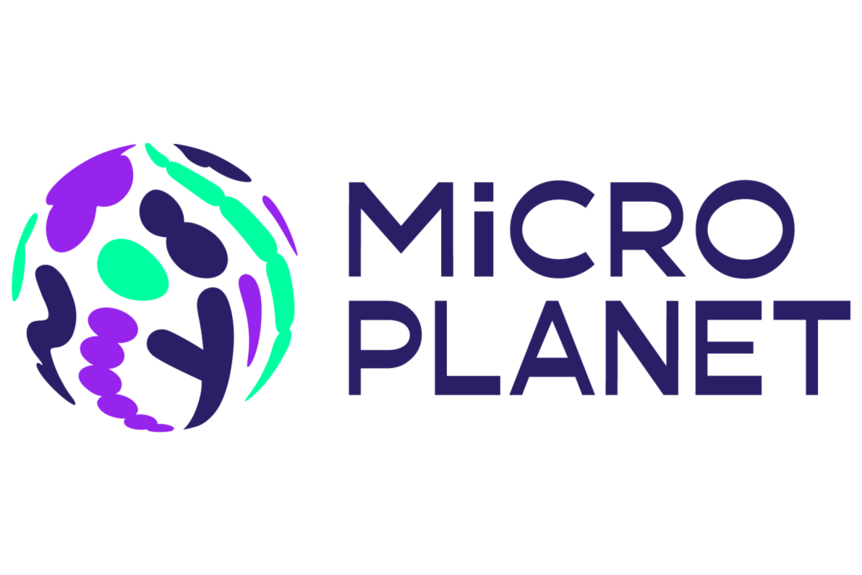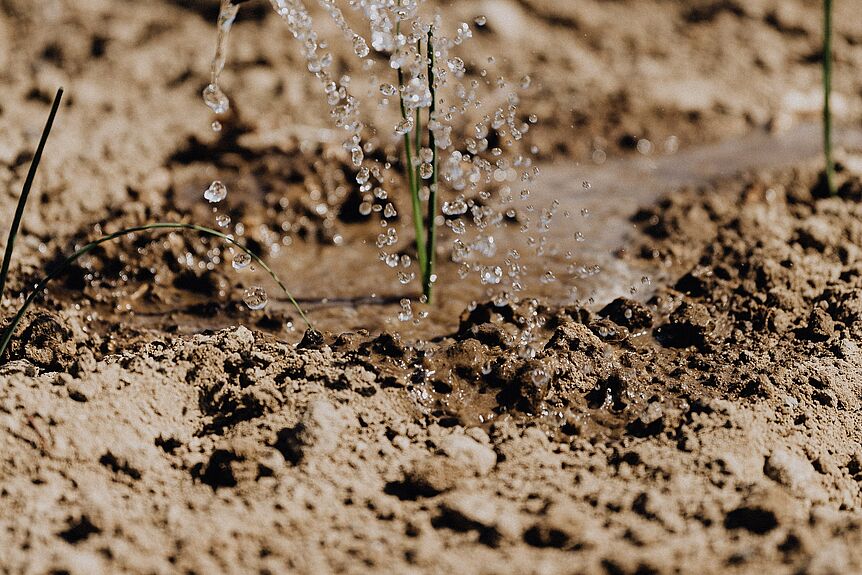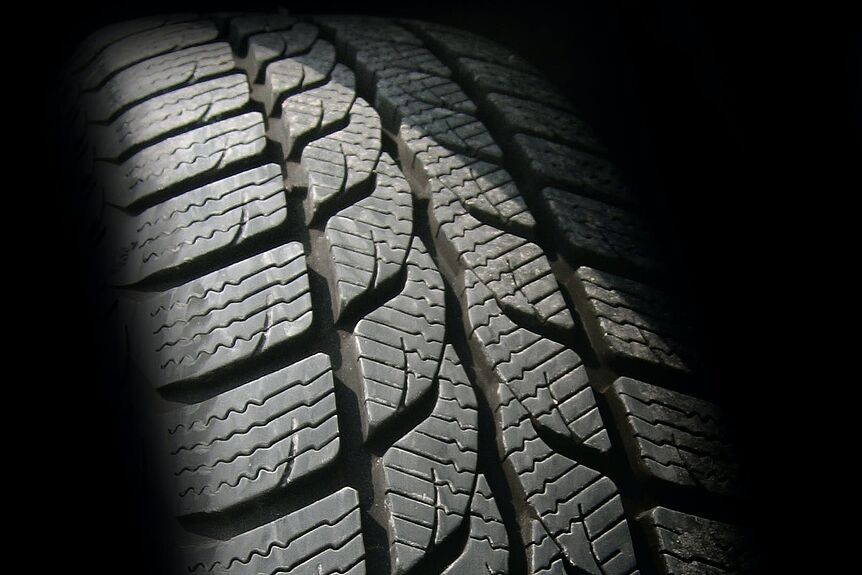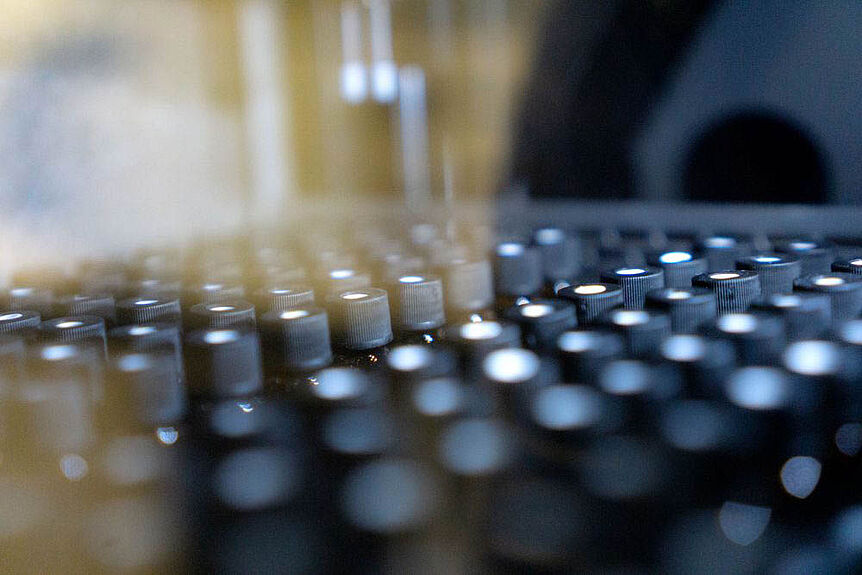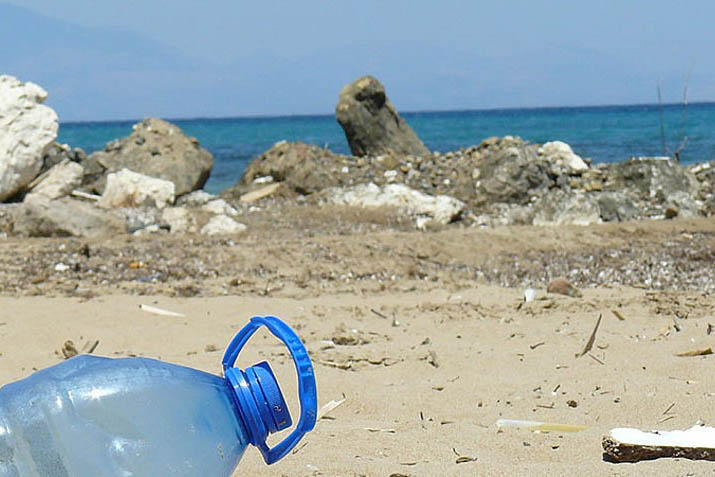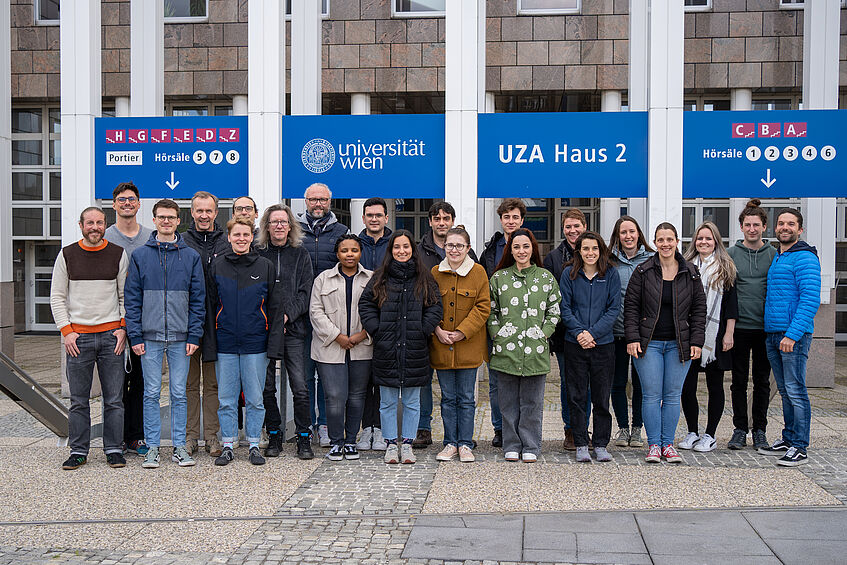Prof. Dr. Thilo Hofmann
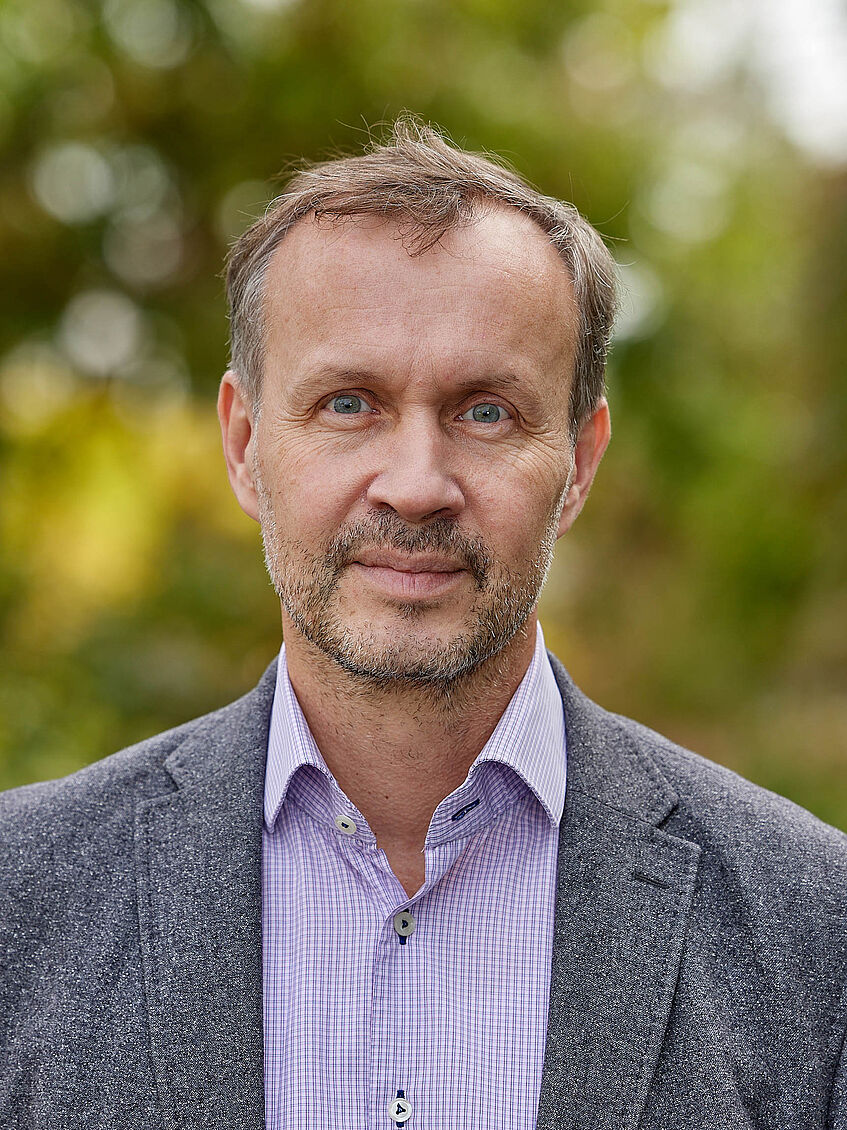
Vice Head Department of Environmental Geosciences
Vice Director Centre for Microbiology and Environmental Systems Science
Co-Director Environment and Climate Research Hub
Adjunct Professor, Department of Civil and Environmental Engineering,
Duke University, USA
Guest Professor, College of Environmental Science and Engineering,
Nankai University, China
☎ +43 1 4277 53320
⚲ Josef-Holaubek-Platz 2 (UZA II), Room 2C407, 1090 Vienna
Environmental contamination is a planetary boundary being crossed. Thilo Hofmann’s group focuses on the fate of emerging contaminants in environmental systems and aims to inform solutions to these pressing problems. His research aims to elucidate the dynamics, fate and environmental behaviour of organic contaminants, and to develop remediation strategies. A current research focus addresses forever chemicals including PFAS, plastic pollution of our planet, agricultural practices, tire wear particles and additives of concern.
Thilo is co-director of the University of Vienna’s new Environment and Climate Research Hub, which includes leading scientists from natural sciences, humanities, law, and economics, aiming to tackle today’s environmental challenges. He has received awards from the German Academic Scholarship Foundation, Berlin Technical University, and the German Water Chemical Society. He is adjunct/visiting professor at Duke (NC, USA) and Tianjin (China) University.
Projects
Group Members
Research Areas
Pollutants

Understanding the fate of organic contaminants following their release into natural environments is fundamental to obtaining an accurate assessment of their environmental behaviour and predicting the associated risks. Such an understanding is essential if we are to ensure the safe use of both existing and yet-to-be-developed products, and is also required in order to be able to design efficient and economically viable remediation strategies for contaminated soil and water. Both natural and engineered colloidal systems are considered, including carbonaceous nanoparticles (e.g., fullerenes, carbon nanotubes), metallic nanoparticles (e.g., nanoscale zero-valent iron), and natural colloids (humic acids, clays, and oxides). We have also started to work intensively with microplastics, paying special attention to the release of additives and plasticizers, tire wear, and adsorption phenomena.
Sorption and degradation are key processes affecting the fate of organic contaminants; interactions with colloids are known to significantly affect those processes. However, colloidal systems are technically challenging to investigate and there remains only a poor understanding of the mechanisms underlying these interactions. Our group develops and combines a range of suitable approaches for studying these complex systems (e.g. passive sampling, column experiments). Our research aims to elucidate the mechanisms involved in interactions between organic contaminants and both natural and synthetic sorbents, to develop prediction methods for situations where experimental data is not available, and to analyse consequences in terms of environmental fate and remediation strategies.
Nanogeoscience
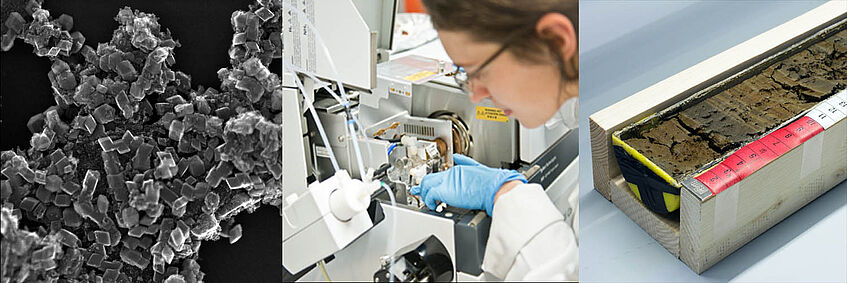
Nanoscale particles (colloids) are abundant in all environmental compartments. These nanophases may consist of natural organic matter (e.g. humic substances), biota (e.g. viruses and bacteria, including pathogens), inorganic particles (clays, oxides or carbonates) or man-made particles originating either from engineering (nanotechnology) or from wear, combustion, or corrosion. They span a broad size range from a few fractions of a nanometer to several micrometers, and a natural colloidal system therefore typically consists of a wide variety of macromolecules and particles. This heterogeneity places high demands on analytical equipment and analysis strategies. In contrast, engineered nanoparticles are typically well defined, but they occur in extremely low concentrations, which makes them difficult to distinguish from natural particles. Nanoparticles are involved in natural processes such as soil development and nutrient cycling, but can also act as vehicles for contaminant transport or alter the bioavailability of substances, hence their toxicity. The anticipated future nanotechnology market of several hundred billion US dollars will result in a widespread release of specially designed nanoparticles into natural environments. At present, we do not know enough about the behaviour of those materials, but it is clear that they have characteristics that are quite different from those of bulk materials and that some may penetrate skin, cell membranes and the blood-brain barrier. Future nanogeoscience research at the University of Vienna focuses on three main topics covering the characterisation, environmental processes, and behaviour of engineered nanoparticles.
Hydrogeology

All forms of life depend on water. Providing safe drinking water will be one of the major challenges of this century. Apart from quantitative problems, groundwater contamination is a major environmental concern. Such contamination can derive from inorganic, organic, or biological sources. Hydrogeology involves all processes from groundwater recharge to discharge into springs and rivers or oceans. It includes investigations into the fate and behaviour of contaminants and trace elements in subsurface aquatic environments. In EDGE, we cover projects that range from groundwater recharge modelling, hydrogeological modelling, isotope hydrogeology and artificial recharge of groundwater, to the modelling of groundwater flow using numerical codes (e.g. with Modflow or Feflow). We are also studying the behaviour of organic and inorganic substances in relation to the leaching of contaminated and recycling materials, mining activities, colloidal transport of trace substances, and are using trace contaminants as tracers to understand subsurface flow.

